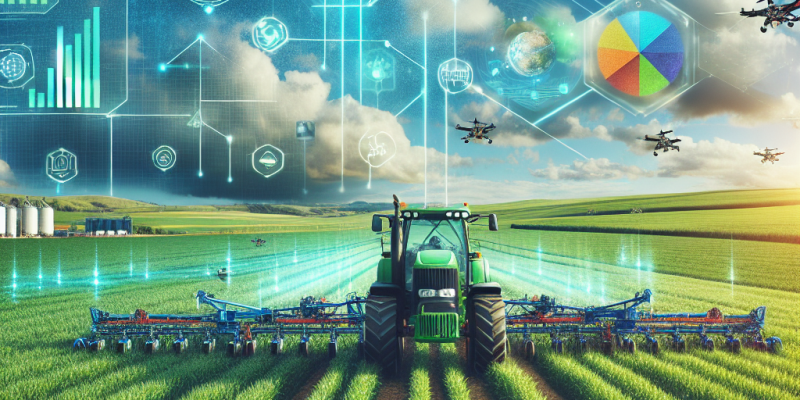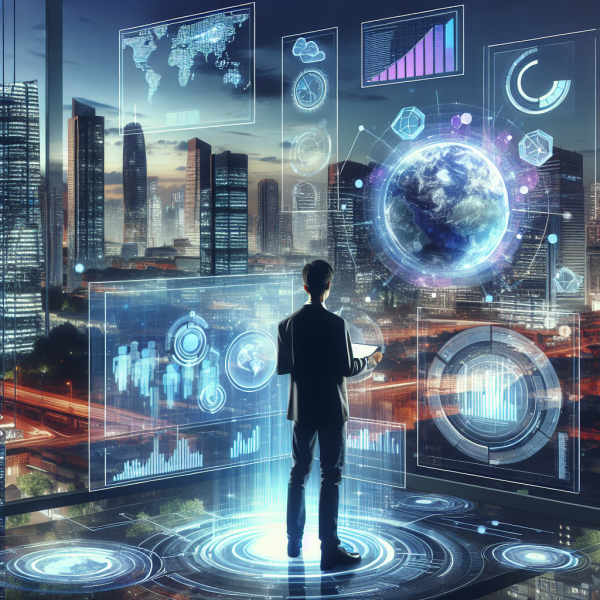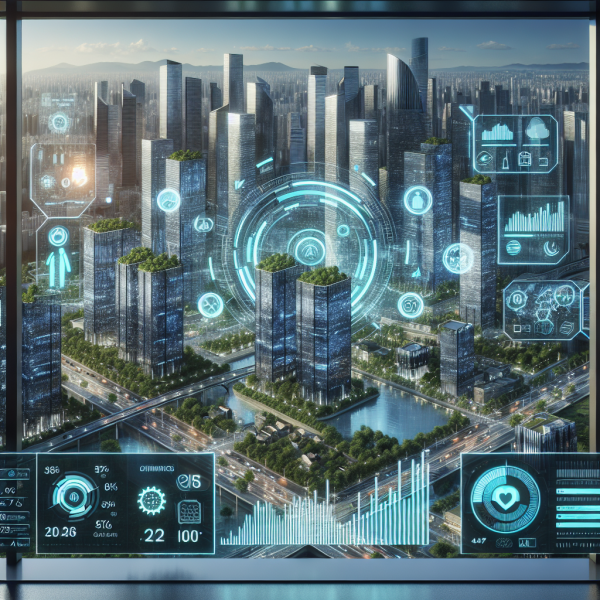Smart Agriculture: IoT Innovations that are Cultivating Efficiency

In a world where the population is expected to exceed 9 billion by 2050, and climate change continues to challenge traditional farming practices, the agricultural sector is at a critical juncture. The need for sustainable practices and increased productivity has never been more urgent. Enter smart agriculture, a burgeoning field that leverages Internet of Things (IoT) innovations to cultivate efficiency, sustainability, and higher yield across farming operations.
Understanding Smart Agriculture
Smart agriculture, often referred to as precision agriculture, utilizes advanced technologies and data-driven approaches to optimize farming practices. From the soil to the harvest, every aspect of cultivation can be enhanced through the integration of smart technologies. The core of this revolution lies in IoT—a network of interconnected devices that collect, share, and analyze data to facilitate informed decision-making.
The Role of IoT in Agriculture
1. Soil Monitoring and Management
One of the primary applications of IoT in agriculture is soil management. Sensors can be embedded in fields to collect real-time data on soil moisture, temperature, pH levels, and nutrient content. This information allows farmers to assess the health of their soil and make data-driven decisions, such as when to irrigate or when to apply fertilizers. By adopting a precision approach, farmers can reduce waste, lower costs, and enhance crop quality.
2. Crop Monitoring
IoT devices such as drones and satellite imagery are increasingly being used to monitor crop health. These technologies can identify issues such as pest infestations, diseases, or nutrient deficiencies at an early stage, enabling prompt intervention. Drones equipped with multispectral cameras can provide detailed imagery, allowing farmers to assess crop health across large areas efficiently.
3. Smart Irrigation Systems
Water scarcity is a pressing concern in many regions, making efficient irrigation critical. IoT-enabled smart irrigation systems can automatically adjust watering schedules based on weather forecasts and soil moisture levels. By employing techniques such as drip irrigation combined with IoT sensors, farmers can ensure that their crops receive the right amount of water, reducing waste and increasing yield in arid environments.
4. Livestock Management
The integration of IoT extends beyond crops to include livestock management. Wearable devices, such as smart collars, can monitor the health and activity levels of animals in real-time. This data helps farmers track their livestock’s well-being, allowing for early detection of health issues, better breeding strategies, and more effective feeding practices. Enhanced visibility into livestock behavior can also lead to improved productivity and reduced losses.
5. Supply Chain Optimization
IoT innovations are also transforming the agricultural supply chain. Sensors can track products from farm to table, ensuring optimal storage conditions and reducing spoilage. Real-time data on inventory levels can help farmers make informed decisions about when to harvest and sell crops, ultimately maximizing profitability.
Challenges and Considerations
Despite the many advantages posed by smart agriculture and IoT innovations, several challenges must be addressed. The initial costs of implementing smart technologies can be prohibitive for small farmers. Additionally, issues related to data security and privacy are growing concerns, as the vast amount of data collected can be vulnerable to breaches.
Moreover, reliable internet connectivity remains a significant barrier, particularly in rural areas where many farms are located. To overcome these challenges, stakeholders—including governments, tech companies, and agricultural organizations—must collaborate to develop affordable solutions and ensure that small and medium-sized enterprises can benefit from these innovative practices.
The Future of Smart Agriculture
The future of smart agriculture looks promising as IoT technologies continue to evolve. The integration of artificial intelligence (AI), machine learning, and big data analytics will further enhance the efficiency and effectiveness of agricultural practices. Predictive analytics, for instance, can anticipate crop yields based on historical data and current trends, enabling farmers to make proactive decisions.
In conclusion, smart agriculture powered by IoT is revolutionizing the way we cultivate our food, leading to enhanced efficiency, sustainability, and productivity. As we navigate the challenges of a growing global population and climate change, embracing these innovations is not just an option—it’s a necessity for the future of farming. With continued advancements and collaboration, the agricultural sector can thrive in an increasingly complex landscape, ensuring food security for generations to come.













